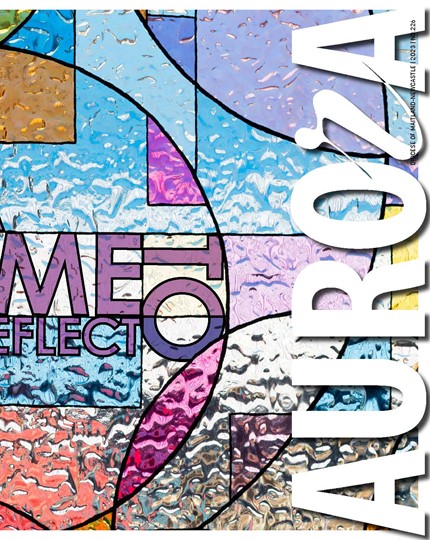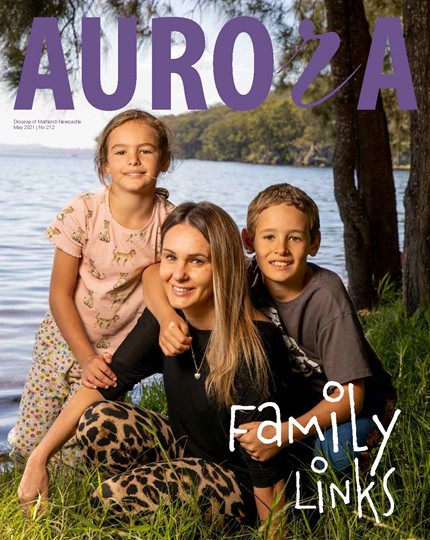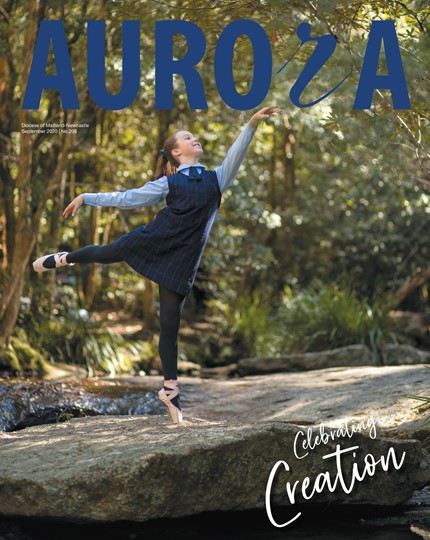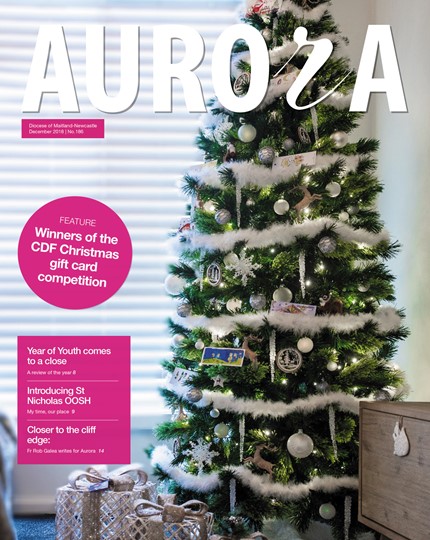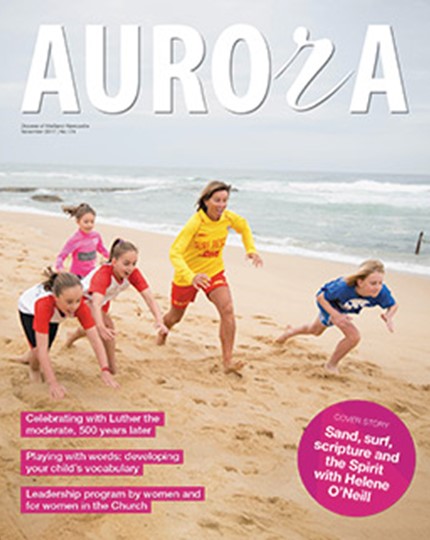Wouldn’t it be great if somebody could explain how it works in a clear, simple article?
I’m glad you asked.
The first thing to understand is that state and federal governments jointly fund all government and non-government schools to some degree (there are some ‘for-profit’ schools in Australia. These receive no government funding).
Governments fully fund all government schools and partially fund non-government schools because schooling is compulsory and more expensive than most people realise; in Australia, the actual cost of a school education is some $12,000 per primary student per year and about $14,000 for a secondary student (regardless of sector).
Imagine if families with two or more children had to meet that cost on their own each year?
Let’s look at how governments calculate how much funding to give each school.
- The base amount
Each year, the Federal Government sets a base funding amount per student for all school sectors. In 2018, the base amounts are $10,953 per primary student and $13,764 per secondary student. - Disadvantage loadings
It then adds funding for six types of disadvantage (disability, Language Background Other Than English, Aboriginal or Torres Strait Islander, low socio-economic status, small schools and remote schools).
Together, the base amount and any disadvantage loadings are called the Schooling Resource Standard, or SRS. The SRS varies for each school because students have different needs, eg, a primary school with a high proportion of disadvantaged students might have an SES of $16,312 per student while a school with few disadvantages might have an SRS of $11,749 per student.
- Governments fully fund the SRS for all government schools
State and Federal governments jointly fund 100% of the SRS for all government schools. These schools are free to raise more funding from other sources (eg, parents’ fees, hiring out school facilities) without losing any of their government funding entitlement. In 2016 (the latest data available), NSW government schools raised $450 million in private income.
- Non-government schools receive less public funding, based on parents’ wealth
State and Federal governments only provide 20% to 90% of the base amount for non-government schools because parents and carers are expected to help fund the education of their children according to their ‘capacity to contribute’ (governments pay 100% of disadvantage loadings for all schools).
This capacity to contribute is estimated using ABS household Census data and students’ addresses. From this data, the government calculates a socio-economic (SES) score from 60 to 140 for each non-government school. The higher the score, the less government funding the school attracts – and the more parents are expected to contribute.
This is the basis for Australia’s school funding system.
Under this system, non-government schools serving the poorest families – those with an SES score of 93 or less – attract 90% of their base funding from the government. So a primary school with an SES score of 93 or less would attract $9,858 per student in base funding from the government (ie, 90% of $10,953). The government assumes the schools’ parents can afford to pay fees of $1,095 per year.
The level of government funding support falls as the SES score rises from 94 to 124.
The primary schools serving the wealthiest families – those with an SES score of 125 or more - only attract $2,191 per student in base funding (20% of $10,953). The government expects parents at these schools to be able to afford $8,762 per year in school fees (meanwhile, a government primary school in the same suburb receives the full $10,953 per student plus any disadvantage loadings from government).
In 2016, NSW Catholic schools received an average $10,900 per student in government funding, while government schools received $12,617 per student.
You may be wondering why non-government schools charging $20,000+ per year in fees receive any government funding. Clearly, those fees are much higher than the school’s SRS.
It’s because government do not consider how much actual funding a school raises – only its SES score.
In fact, there is no obligation on non-government schools to raise any funding from parents; a school
will still attract the same level of government funding whether it charges parents $2,000 or $22,000
per student per year.
For example, one Sydney non-government school raised $25,339 per student in fees and other
private income in 2016. Although this was around double the base funding level for secondary
schools that year, the school still received $5,665 per student in government funding because it had an SES score of just 114.
According to the government’s table of SES scores, 114 means the school’s parents are expected to be able to contribute 55.94% of the base amount; in reality, they willingly contributed more than 200%!
You may also be wondering how Catholic primary schools in middle and high income areas operate on fees of less than $3,000 per student if they only attract $2,191 per student in government funding.
It’s because Catholic school authorities can redistribute government funding to meet student needs while also ensuring all of our schools remain affordable, regardless of location.
This redistribution is only available to schools that are part of ‘systems’, ie, most Catholic, Lutheran, Adventist, etc schools.
Currently, the government averages the SRS scores of each group of system schools in each state or territory, then provides a lump sum to that jurisdiction’s ‘system authority’ based on that average.
For the 549 Catholic system schools in NSW, the system authority is Catholic Schools NSW (CSNSW).
In NSW, CSNSW receives all government funding and distributes it to the 11 diocesan Catholic schools offices, who then allocate funding to their schools based on need.
From 2019, however, each Catholic system school will attract a funding amount based on its individual SES score - although the total will still be paid as a single lump sum to the relevant system authority. The removal of the ‘averaging’ will result in a slight cut in funding.







